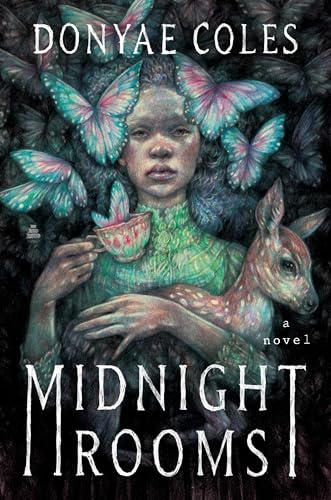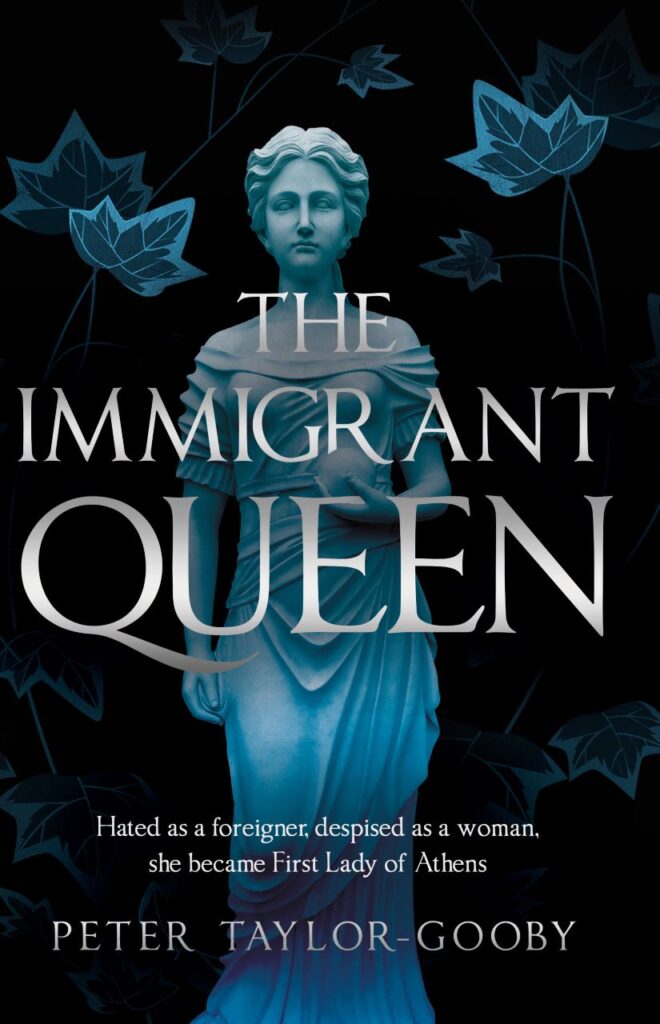Midnight Rooms
In England in 1840, newlyweds Orabella Mumthrope and Elias Blakersby arrive at Korringhill Manor. Black, orphaned, and exchanged by a disinterested uncle for gambling debts, she has married Elias within 24 hours in the enticing opening chapter but now looks upon his stately home, sprawling ominously before her, with trepidation. Its gloomy interior hints at a former magnificence long-lost to history. Miserly light diffuses into dark hallways through filthy ivy-clad windows, gloomy rooms house ancient dust-grimed furniture, rotting floorboards and mushrooms lie in dank corners, all spectacularly drawn to pull the reader into an alarming sense of unease. The new bride’s room shows some attention. A fairy-tale wall mural is a touch of bright fancy in this decrepit mausoleum, where a rigid housekeeper holds sway. Orabella is dutifully bathed, dressed, fed, never left alone, coddled like a favourite pet, and forbidden to wander or leave the house. Her obedience is rewarded by her preternaturally beautiful husband, who showers her with gifts and sweeps her into irresistible carnal pleasure during his seductive nightly visits, which confuse her all the more.
Characters and scenes are drawn with grotesque and foreboding strokes—the mute doll-like sister-in-law, the terrifying skeletal patriarch, and a ghastly wedding feast, which fills the air with shrieking laughter from the Blakersby family, all experienced through Orabella’s eyes. Confused by what she sees and hears, she tries to be an obedient wife, but as she sways between reality and macabre dreams, and slowly learns to fight back against her horrifying circumstances, is there even one person she can trust? Expositional crumbs are scattered along the way, leaving the reader groping in the darkness for explanation, along with a courageous wife whose determination to defeat this ghastly nightmare is heroic and unusual. This is a relentlessly creepy, spine-chilling debut well worthy of its title.










